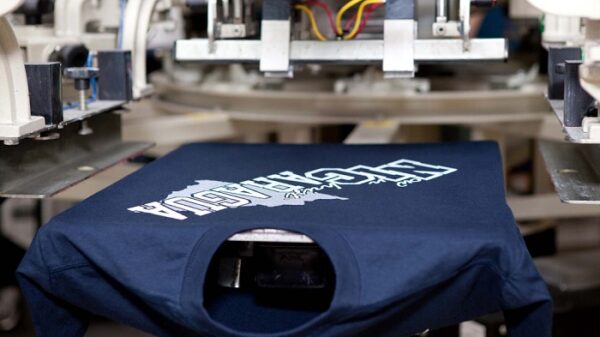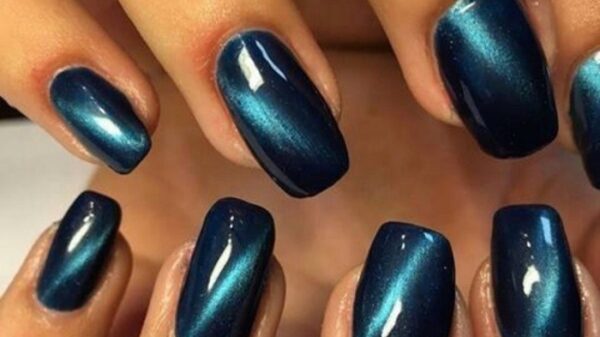In construction, plaster is considered one of the most durable materials; more recently, plaster was considered only as a rough material, but modern technologies do not stand still and offered the consumer decorative plaster. With the help of decorative plaster, you can make your interior stylish and impressive.When renovating, you have to remove the old plaster, because if it is not removed, then after a while it will fall off by itself, and besides, it is impossible to apply finishing materials to it.
Plaster has a different filler material, it can be natural, marble, granite or synthetic. The diameter of the granules can vary from 0.5 to 5 mm, but more on that later. Filler with natural stone chips, this type of coating contains small particles of granite, marble or quartz as a base. As a rule, if the filler is natural, then it makes the surface beautiful and smooth. Plaster can have granules of various diameters, therefore, for convenience, it was divided into groups. The largest are granules from 3 to 5 mm, they belong to the group of large-textured, to medium-textured are those that have 1.5 — 2.5 mm, but the smallest are up to 0.5 mm, they are referred to as fine-textured.
You can easily guess if the surface is treated with plaster with coarse granules, then your surface will have a rough roughness, where the relief will be visible to the naked eye. But if processed with a fine-textured composition, then the surface will be close to ideal and will have a smooth appearance similar to a stone.
Sometimes you can find granules of various colors, this is done artificially to make some kind of beautiful design. But as practice shows, the natural color of the material looks much more noble and it is often used without additional dyes and additives. If you have your own office, then you need to purchase furniture for the waiting room so that visitors feel comfortable, you can do this at mebicomffzony_oghidaniyazony_oghidaniya




